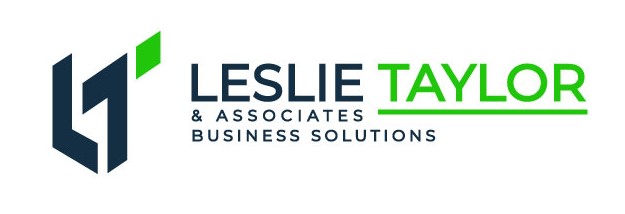It’s that time of year where we begin to look back at our progress and make those final plans to reach next year’s goals. Perhaps you have already met your goal for the year (go you!!!) and you are working towards that stretch goal for December 31st. Even still, you might be wondering whether you can afford to hire that additional support next year, pay yourself a little more (or pay yourself at all), or if you will owe additional money in taxes and whether you have enough to cover those costs. Whatever your situation may be, right now is the time many begin to focus on what your performance for 2021 will look like at the end of this year.
Was my business profitable?
If so, how profitable?
If not, why not?
In October, I completed my 4th webinar for SCORE (the nation’s largest support organization for entrepreneurs) where I taught on topics that entrepreneurs need to understand about their business’s financials. We had some great questions and conversations among the group of small businesses, most of which were in their first five years of business.
When I teach, I like to do polls. I always ask the question, “how do you currently measure profitability in your business?” The response was that 88% of the attendees did not know whether their businesses were profitable. This number was not a surprise to me as it was in line with similar polls I had done in the past.
50% of these business owners said they weren’t measuring profitability at all or were using a bank account to measure profitability.
You might be thinking, “Okay, what’s wrong with checking cash in my account, cash is king right?” Cash is king and it is good to check your account. However, in terms of measuring profitability, a bank account is not the best place to go. Here’s why: All the money in your business’s bank account does not belong to you! Some of it belongs to Uncle Sam, QuickBooks, your material or ingredient suppliers, your Google Workspace or Office 365 Subscription among others.
38% of those business owners polled used a P&L (profit and loss) statement and their bank account to measure profitability.
That’s better right?
Only slightly.
We still haven’t paid Visa or those business loans. Did you take owner’s distributions (withdrawn money from your business account for personal use)? The P&L is not enough because it doesn’t account for these items.
This is the reason I teach a course on understanding financial statements. Without all three financial statements, you have an incomplete picture of your business’s performance and health. You may have spent 12 full months working your tail off, missing sleep, managing the ups and downs emotionally and spiritually of running your business in a pandemic only to wait until 2022 before you know how your business did in 2021.
That is a problem for a huge percentage of businesses. Don’t worry, though! I am here for you and it doesn’t have to be that way.
Here is what you can do about it:
- Get it together – If you don’t have “books” get them set up. I prefer Xero, but QuickBooks is also a great software for the task.
- Learn – Find a financial professional or a training to help you understand what you don’t know
- Review – Generate all 3 financial statements and review them monthly, or at least quarterly.
- Get Help – Consider hiring a financial professional to help you stay on top of your performance so you can do something about it before it is too late. Go here to my blog on the roles you need to have in order to have a solid financial team (don’t worry, it doesn’t have to break the bankto learn who you need on your team to help.
Need help putting a process in place so you regularly know whether your business is profitable or not?
I’m here for you! As a business solutions expert, I have helped dozens of businesses untangle complex issues and clarify a path to greater profitability and less confusion. Let’s schedule a Discovery Session to start the conversation.
If you enjoyed this content and want more of the same, check out my free guide Do This, Not That: 5 Things Keeping Your Business From Reaching Its Fullest Potential where I discuss common barriers to profitability that I observe among most small businesses.

